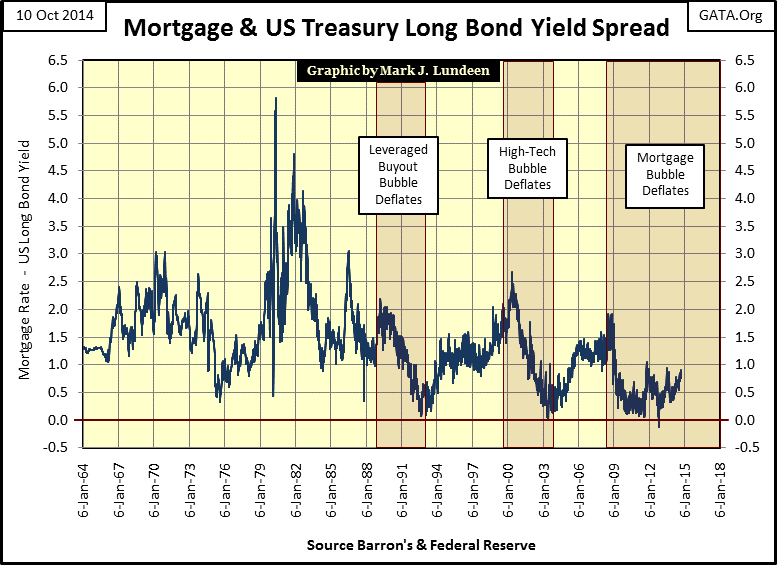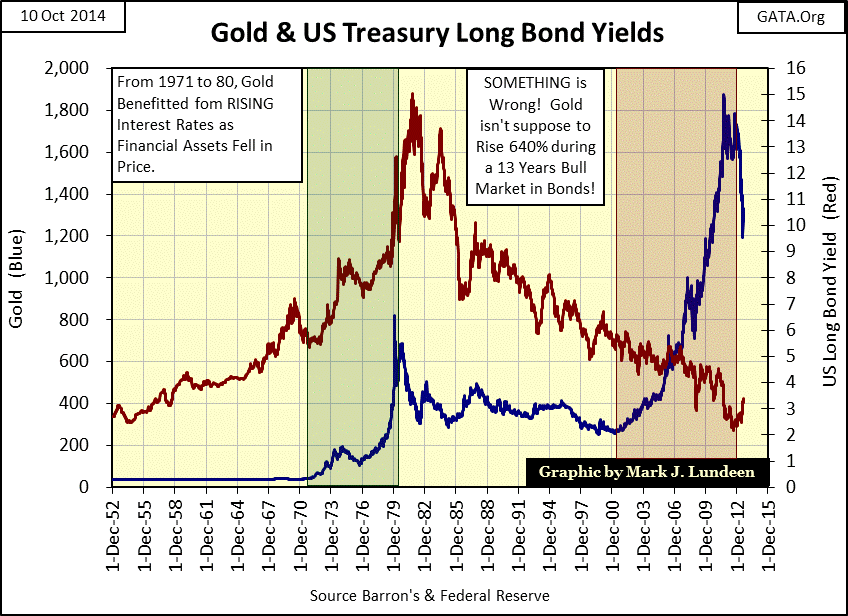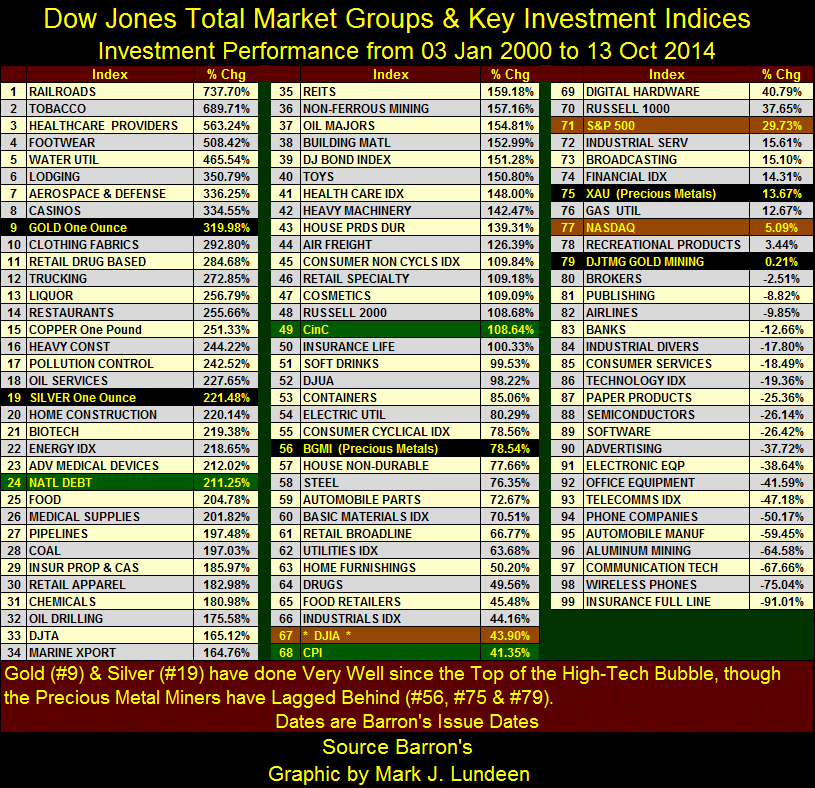Parasitic-Third Party Involvement In The Market Place
Once a year I have a physical. My blood work came back and I’m normal except I have high cholesterol levels. My doctor wants me to take a cholesterol lowering drug, but for reasons I’m not going into here I don’t want to. A year ago when I was screened for my cancer operation I had a CT scan at a local hospital, they mentioned that they can do a CT scan for plaque buildup in the cardiovascular system. As I recall they charged over $200 for the procedure. Well I figure if I can prove to my doctor that my cardiovascular system doesn’t have a plaque problem with a CT scan, I can get him off my case – or maybe I should be listening to him.
So I called the hospital to schedule a CT scan. I discovered that a year after Obamacare nationalized the American healthcare system, they now charge only $100. So I ask them; “what’s with the 50% reduction in price?” They told me that they are no longer accepting payments from health insurance companies for this procedure and that reduced the cost. Don’t ask me why, I’m just reporting something that is hard to believe but true; if you want a CT scan for your heart at this facility, you (not your insurance company), now pay them $100 up front and then get your CT scan at half the cost of a year ago.
It used to be that the market place was where producers of goods and services got together with consumers of those goods and services to decide the market price. But in 21st century America this is no longer the case; due to parasitic-third party involvement in the market place, prices today are no longer set solely by economic forces of supply and demand but are set at levels a “policy maker” deems appropriate. And the difference in prices paid can be significant, like the difference between $100 and over $200 for the identical CT scan at the same hospital.
Look at the precious metals markets; the largest commercial interest in the futures markets are banks that don’t produce, fabricate or consume metal, yet they’ve been allowed by government regulators to set the price of gold and silver below the cost of production. The same can be said for the cost of a college education, except the banking system (via the student loans system) has inflated the cost of a college degree to such an extent that a college education today does more harm than good for a graduate’s future economic prospects. Students, like home owners are discovering a hard truth of our fiat monetary system; that banks can provide them with more debt than they can ever pay back. And what about the prices we see in the stock and bond markets? Well it seems that a parasitic-third party has set its meat-hooks deeply into those too. The Financial Times reports that central banks have purchased twenty-nine trillion dollars in the stocks and bond markets. And why would central banks want to do that? Obviously the prices in those markets were below their “policy’s” thresholds. And where did those central banks get their twenty-nine trillion dollars? Through monetary inflation; they just printed the money up. After this week, they may have to “monetize” more of the stock market to get those damned share prices back up.
Should we complain about central banks “supporting” financial asset valuations? After all the aging baby boomers are counting on the stock and bond markets to fund their retirement. Well I’m complaining, as I know that depending on continually increasing inflated market values for one’s retirement will prove to be a tragic mistake for many, and I’m more than a bit concerned that members of the media and political class don’t seem to understand this as well. I’m sick of hearing economists justify central bank interference in the markets on grounds of “deflationary concerns.” If the central banks – especially the Federal Reserve – hadn’t inflated market valuations by “injecting liquidity” into the economy in the first place, there would be no concern that deflation in financial asset valuations might devastate economies and markets.
And the “policy makers” should be concerned, as they know better than I the exact extent they’ve mucked everything up; for example today’s housing market values. I don’t have the data on how many people today are doing this, but there are people living in homes who haven’t paid a monthly mortgage payment for years. These are people who purchased their homes at the top of the housing bubble, meaning they allowed the banking system to “inject” more inflation into their personal finances than their home is now worth; more debt than their income can service. This is especially true for those who became unemployed during and after the credit crisis.
The banks don’t foreclose on these houses not only because there are no eligible buyers for these homes at current values, which as far as the banks are concerned are exactly the size of the outstanding mortgage balance yet to be paid. But also if the bank does foreclose, they would be forced to write off the mortgage as a loss, as well as lowering the appraised value of the surrounding neighborhood in the process. There’s no need to remind the neighbors who are still paying their bills that they too live in homes whose true market value is only a fraction of the mortgage they service monthly. At least by allowing the current dwellers in the bank’s collateral to stay there rent free, the banks have someone to cut the grass, provide security and pay for the utilities on these yet to be foreclosed homes.
It’s a mess, but it didn’t happen overnight. Mortgage rates are subsidized by the Federal Government, if not always directly then indirectly through legislative action over many decades.
“The Housing Act of 1954 will turn out to be one of the worst pieces of inflationary legislation ever placed on the statute-books. For the first time, non- veterans will be able to buy a $10,000 house with a down payment of $500, the Federal Housing Administration insuring a 30-year mortgage of $9,500 on such a house. This is a triumph of the Nation’s Home Builder’s Association and a defeat of commonsense. Unfortunately, there is no reason to hope that mortgage money lenders will resist the practical consequences of this legislative monstrosity. Throughout the’ first half of’ 1954, most of them have been eager to make VA mortgage loans to home-buyers at no down payment at all.”
- Barron’s The World at Work, 05 July 1954, Page 7
“Legislative monstrosity” – Barron’s saw big problems coming in the real estate market fifty-four years before Congress issued Treasury Secretary Paulson his trillion dollar “bazooka” to blast at the forces of deflation in the mortgage market, and by 2008 he needed one too! How many of those houses built for $10,000 in 1954 are now collateral for a $250,000 mortgage written in 2007? Lots of them, for sure. And single family mortgages, like corporate bonds, are assets that can be bought and sold, and whose valuation depend on current interest rates (Blue Plot below). Though today mortgages are no longer the liquid assets they were before 2007, interest rates still have huge impact on the mortgage market, and declining interest rates go far in explaining why there was a housing boom and bust from 1981 to 2008.
Keep in mind that mortgage writers actually don’t actually care how much any particular home costs. They are only concerned whether the prospective home buyer’s income can service the mortgage’s monthly payments for the next thirty years. Let’s take two data points from the mortgage rate plot above: October 1981 and January 2009 and see how declining mortgage rates with an almost identical monthly payment of about $1433 impacted the housing market’s valuation. Or actually how large a mortgage a monthly payment of $1433 could obtain in the table below.

Keep in mind that in real estate location is extremely important, a factor the table above completely ignores. But if we think of this table as two mortgages for the same house separated by twenty eight years, the table makes the case that declining interest rate environments are the prime mover for real estate bull markets, as well as for stocks and bonds. And why did mortgage rates decline from double digits to below 5% from October 1981 to January 2009? That’s simple: “Monetary Policy.” Or as I like to think it: parasitic-third party involvement in the real estate market by the Federal Government and their agent the Federal Reserve. We can include Fannie Mae and Freddie Mac in this too, though the “dragon of deflation” has humbled these mortgage powerhouses since 2007.
However the Federal Reserve is still involved in manipulating real estate valuation as they fear deflating home valuations for no other reason than the Fed itself has many trillions of dollars (when marked to fantasy) of worthless mortgages slowly decomposing on its balance sheet, as well as in the reserves of the banking system it manages. They’re keeping mortgage rates low to maintain the current fiction of overvalued home prices. I realize that the mortgage rate published weekly in Barron’s is a base rate that most people would not qualify for, but using this base mortgage rate we see that ever since February 2009, it has been less than one hundred basis points above the Treasury’s long bond yield.
Here is a chart plotting the yields for the US Treasury long bond, Moody’s AAA corporate bonds and the mortgage-base rate. For six straight years, since October 2008, mortgage rates (Red Plot) have been below the yield for AAA rated corporate bonds (Green Plot).
That’s absurd. There is no way that an unmanipulated debt market would offer single home purchasers the same or lower rates available to international corporations. Seeing how close these three rates are to each other suggests how over-valued mortgages are, or more accurately how overvalued the entire dollar denominated debt market is. And that isn’t just my opinion:
"The policy makers are finding it tempting to pursue 'financial repression' -- suppressing market prices that they don't like." He added, "Efforts to manage and manipulate asset prices are not new."
- Fed Governor Kevin M. Warsh, Wall Street Journal Quote
And there are a lot of market prices the “policy makers” need to suppress, for instance the price of gold. I’ve often commented that gold, silver and the companies that mine them don’t benefit from monetary inflation. Monetary inflation benefits the valuation of financial assets, at least until the dragon of deflation finally arrives. You can see this in the chart below from 1952 to 1971. As noted in the Barron’s quote from 1954, the US Government was subsidizing housing all during this period with inflation. The stock market too saw some nice gains during these twenty years as the price of gold was fixed at $35.
It might be argued that with the price of gold being fixed by law from 1952 to 1971, it should not be compared with gains in real estate and the stock market, but I disagree. In the table below we see how the Bretton Wood $35 an ounce gold peg failed to limit the expansion of paper currency from 1945 to 1971. When the US government finally terminated the US dollar’s $35 gold peg, it wasn’t as if they had the choice not to. By 1971 they had issued $199 paper dollars for each ounce of monetary gold held by the US Treasury, the dollar price of gold was going up whether they liked it or not. And as seen above, from 1971 to 1980 rising gold prices took bond yields up with them as debt assets deflated. This is all very logical; wealth fled from debt into inflation hedges such as gold and silver.
How very different was the bond market’s reaction to rising gold prices from 2001-2011, when bonds continued in a bull market that began in 1981. Obviously from 2001 to 2011 the rising price of gold (and silver) wasn’t being driven by capital flight from the debt market, still the old monetary metals made some impressive gains. I believe the increased demand for gold and silver came from people who follow monetary statistics, such as we see in the table above.
The smart money knows what’s coming, and they are getting out of dollar denominated assets while the getting is good. The table below lists the performance of the Dow Jones Total Market Groups with other key indexes. Gold, silver and PM mining indexes are in highlighted in black, popular stock indexes in brown, and government indexes in green. Since January 2000, gold and silver bullion are in the top twenty even at today’s depressed prices. The miners have lagged behind, but that will change. Still Barron’s Gold Mining Index (BGMI #56) has outperformed the Dow Jones (#67) and the S&P 500 (#71). Had the “policy makers” not halted the advance in gold and silver prices in 2011, they and their miners would have been the best performing investments of the past fourteen years, and for the “policy makers” that isn’t acceptable.
Now go back up and look at the chart plotting the price of gold with the US Treasury’s long bond yield, the decline in the price of gold really looks bad. But note how the beginning of gold’s current price correction corresponds with the June 2012 bottom in T-bond yields. The big push down in the price of gold began about the time the US Treasury market bottomed. What was it that former Fed Governor Warsh said about the “policy makers” efforts to manage asset prices?
"The policy makers are finding it tempting to pursue 'financial repression' -- suppressing market prices that they don't like." He added, "Efforts to manage and manipulate asset prices are not new."
- Fed Governor Kevin M. Warsh, Wall Street Journal Quote
Let’s call this what it is – parasitic-third party involvement in the market place. For what politicians, bankers and academics have done with America’s capital markets, one of these days will cause the bond market to see capital flight on a biblical scale. With rising interest rates, the stock market too will “deflate.” Everyone will know when this happens, bond yields will move into deep double digits as the price of gold, silver and their miners move on to astounding valuations. The last two years of President Obama’s administration should prove interesting.






















